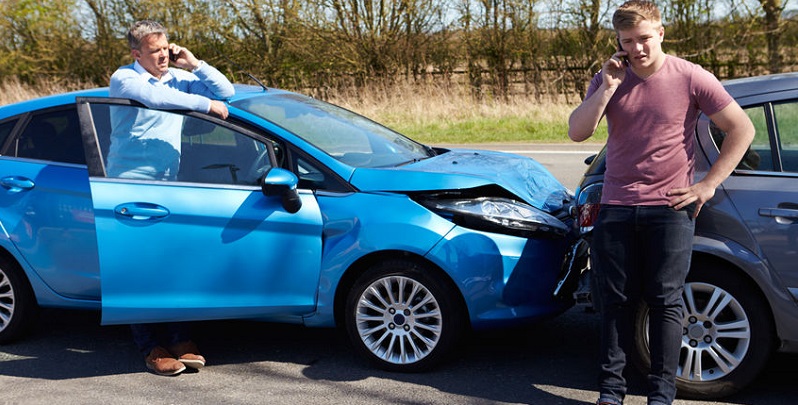The insurance companies for both the liable party and the victim may be involved in paying the damages in a Colorado personal injury case.
A Favorable Settlement Might Earn an Award from Numerous Sources
Personal injury clients are often unfamiliar with the legal system and therefore might not understand where their damages might actually be coming from, should their case conclude with a favorable result.
Plaintiffs sometimes mistakenly believe that the funds will come directly from the individual who caused their injury, when in fact an insurance company, the manufacturer of a product or, in some cases, multiple parties could be responsible for the payout.
The At-Fault Party’s Insurance Company
The primary source of personal injury settlement payments is usually the insurance company of the driver who is proved to be liable for the accident. Liability insurance policies are intended to protect the policyholder from financial ruin in the event that they are found to be at fault for an accident. However, nearly every auto insurance policy has limits for settlement payments, meaning that the insurance carrier will fund settlement amounts only up to a certain level.
The Injured Party’s Insurance Company
To protect themselves in the event of a Colorado accident involving a hit-and-run driver or someone who lacks sufficient insurance coverage to pay the claim, many people purchase uninsured or under-insured motorist coverage (UM/UIM) as part of their own insurance policy. UM/UIM coverage will protect and reimburse you and your passengers for injuries, but will not cover the at-fault driver or his vehicle.
If your medical bills were paid by your health insurance company, Colorado follows the collateral source rule, meaning that payments received by a personal injury plaintiff from an independent (collateral) source do not reduce the degree of the at-fault party’s liability. This rule prevents the liable party from introducing evidence of these collateral payments in an attempt to reduce his financial responsibility.
Automobile and Parts Manufacturers
When a defective automobile or a faulty part leads to a car accident and subsequent injuries, a claim can be made against the manufacturer under the doctrine of strict liability. In cases where strict liability applies, defendants can be held responsible for harm without assessing blame.
In Colorado, plaintiffs who can prove that a vehicle’s design was unreasonably dangerous can recover damages from the manufacturer. In contrast with a typical personal injury claim, negligence on the part of the vehicle manufacturer or seller does not have to be proved.
Colorado’s Modified Comparative Fault Rule
It should be noted that Colorado follows a modified comparative fault rule, which means that the damages awarded to an injured party will be lowered by the degree of his or her own comparative fault. If the victim’s responsibility for the accident is determined to be 50 percent or more, he or she will likely be unable to collect any damages from another party.
If you suffered serious injuries in an automobile accident and wonder who might be responsible for paying your expenses, contact Colorado personal injury attorney Dan Rosen to discuss your options for recovery.

